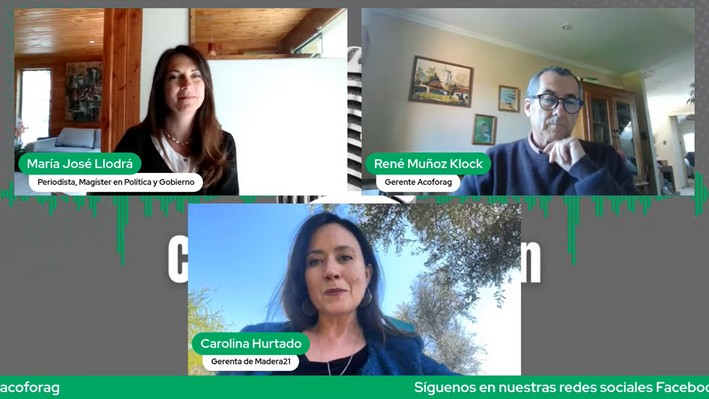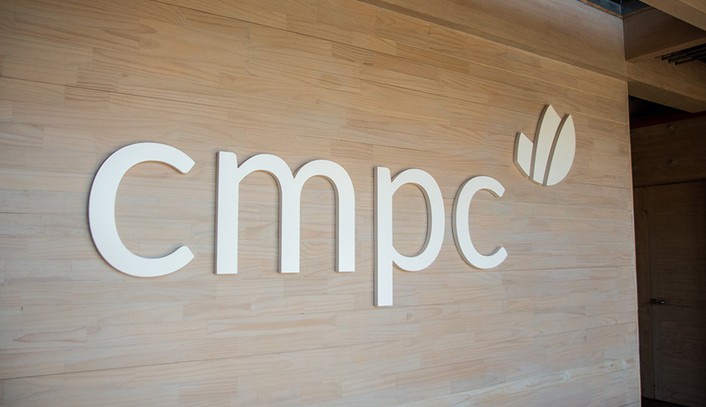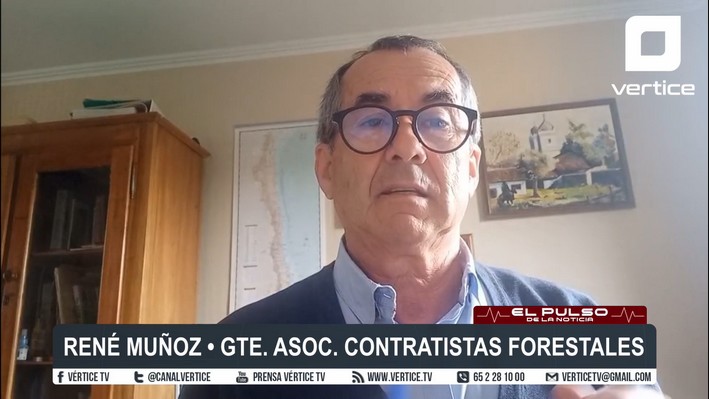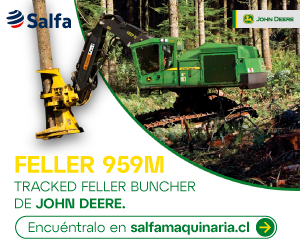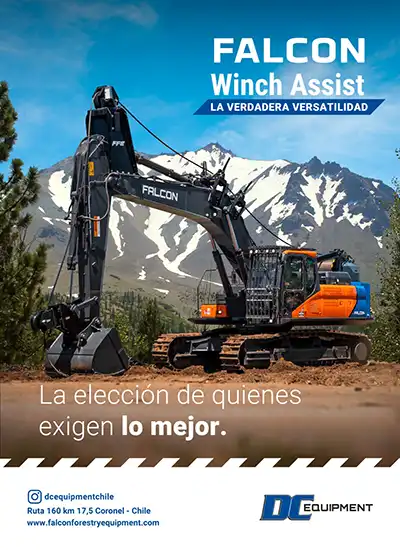Carolina Hurtado: "Chile Has the Timber, Now We Need to Innovate in Its Use"
In its twentieth edition, the Wood Week solidifies itself as a meeting space for architects, engineers, builders, universities, and companies, highlighting Chile's potential as a forestry powerhouse.
In a conversation with Acoforag, Carolina Hurtado, manager of Madera 21, emphasized that the key is to view wood not just as a construction material, but as an axis of innovation and sustainability.
The executive recalled that the event began 20 years ago with an architecture competition for students and is now an international gathering: "In two decades, we have come a long way. Today, wood is on everyone's lips, and what we want is to bring the ball down to earth: show what we have done and where we are heading. Chile has the timber, and now we must promote its responsible use and innovate in its application."
The Key: Innovation and Sustainability
Hurtado explained that this edition's focus aims to understand wood as part of a complete chain, ranging from forestry production to bioproducts and construction. "It's not just about buying a material at the retail store. It's a process involving many actors, from the forest to the final product," she stated.
In this line, she highlighted that Chile has over 17 million hectares of forest and produces about 40 million cubic meters of wood per year, representing an opportunity to consolidate the country as a regional leader in forestry innovation.
Biobío as a Benchmark
The conversation also valued the achievements in the Biobío Region, where wood construction initiatives have been recognized even abroad. "Biobío is a national and international benchmark, not only for its forestry scale but for the innovative experiences it has developed around the use of wood," she noted.
Wood Week: An Event for Everyone
The 20th edition will feature seminars on public policies and sustainability, international guests from Sweden, Finland, Costa Rica, and Colombia, as well as exhibitions and family workshops. Universities such as the University of Concepción and the University of Biobío, through the National Wood Center (CENAMAD), will showcase their research on bioproducts, construction, and new applications of the resource.
"We want wood to be understood as a versatile, sustainable material and part of everyday life. From architecture to textiles, wood can make a difference in how we build and live," concluded Hurtado in the Acoforag space.
The full interview on the Acoforag YouTube channel:


